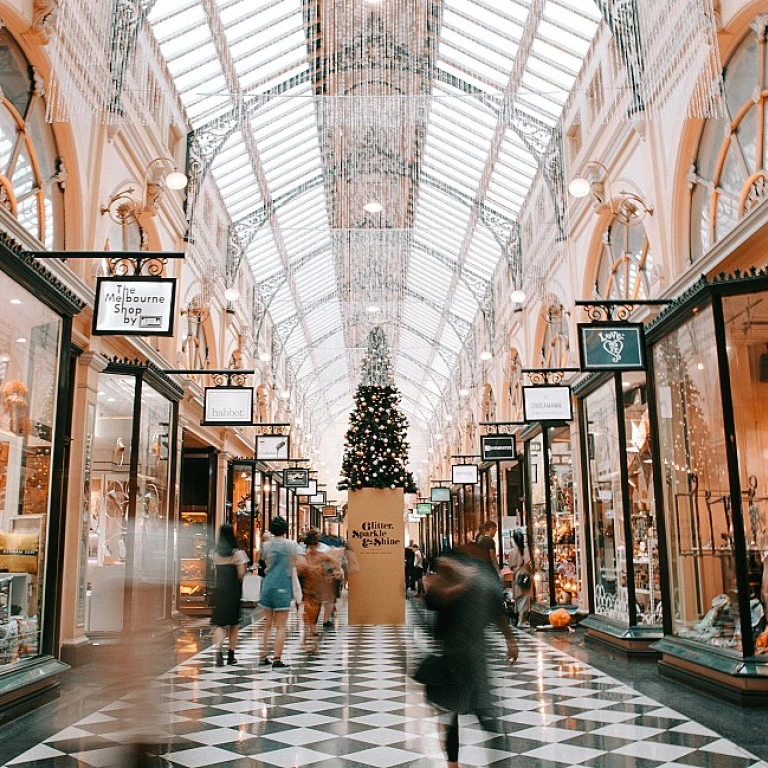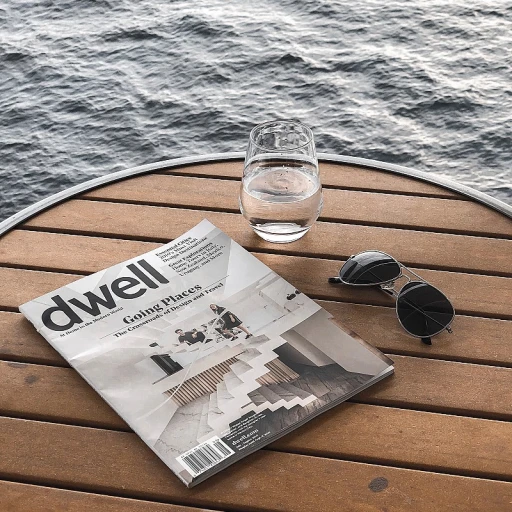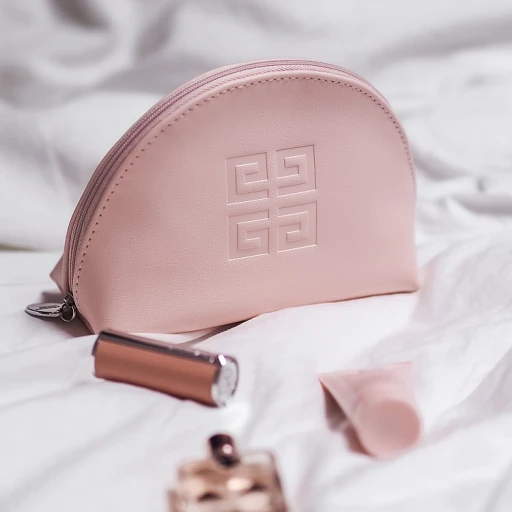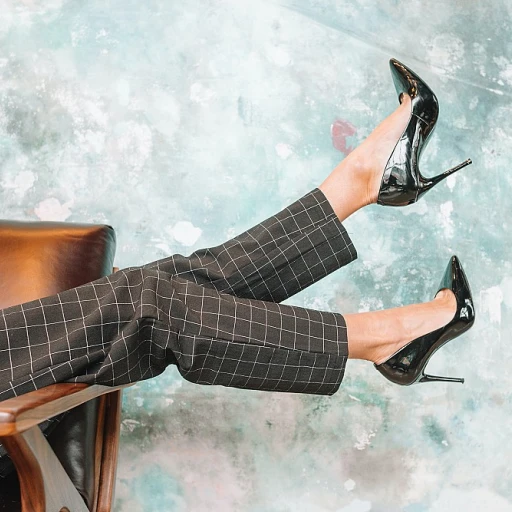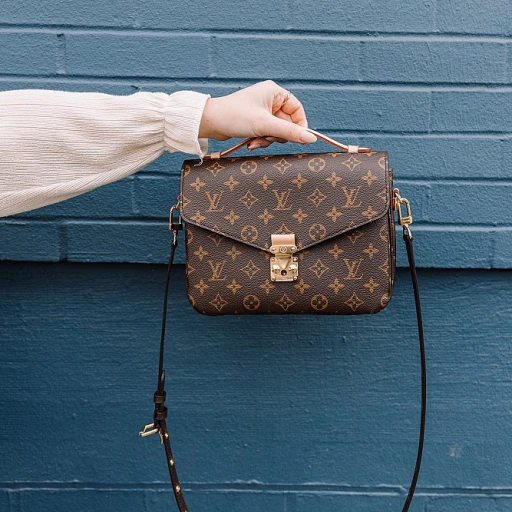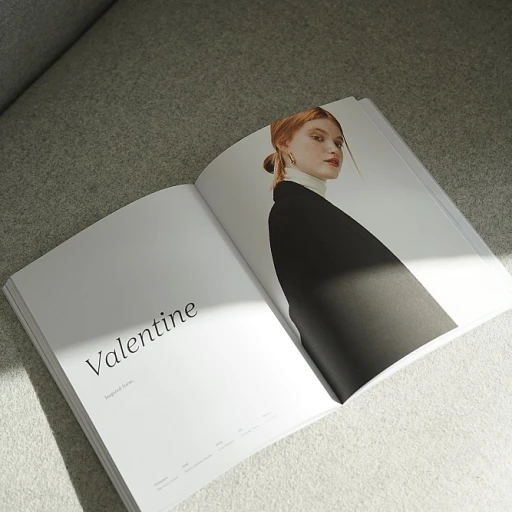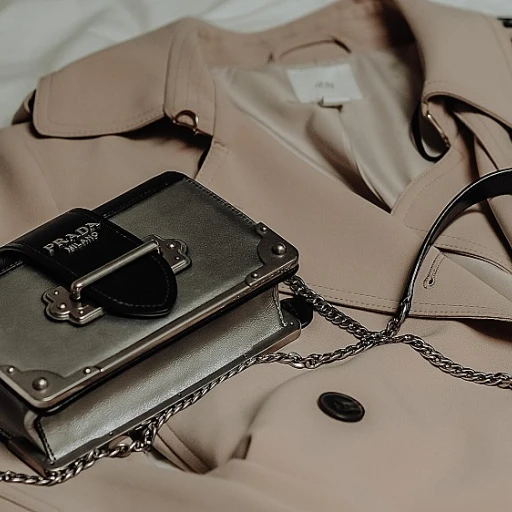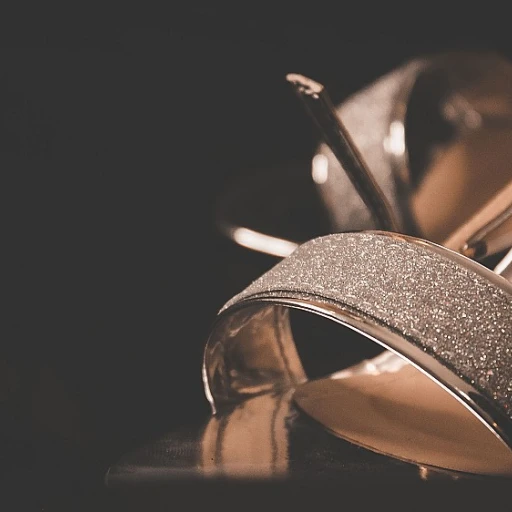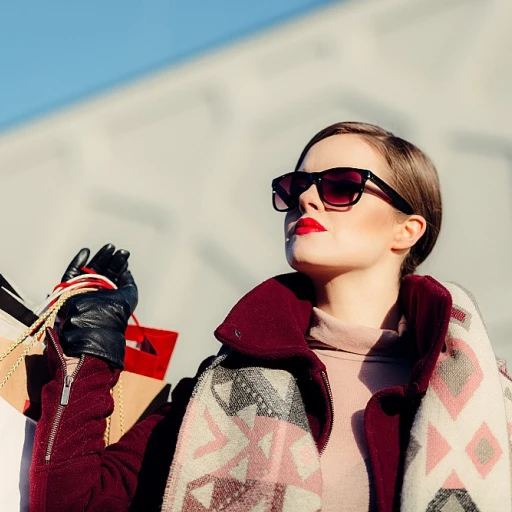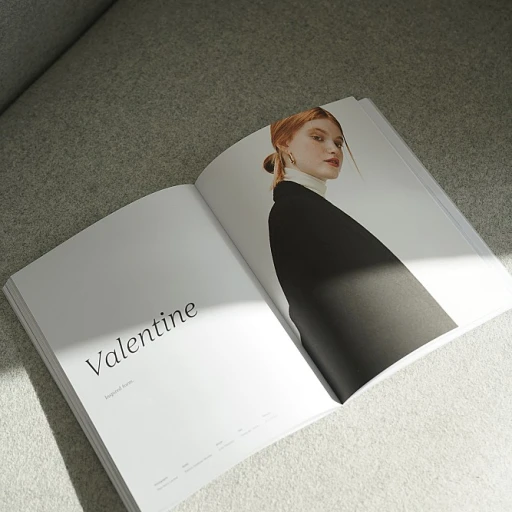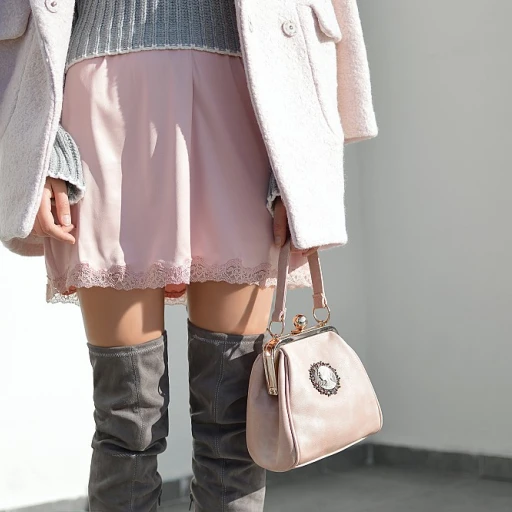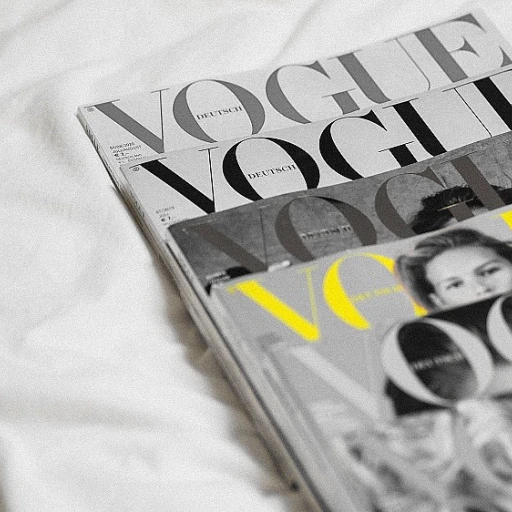
The Timeless Appeal of 1930s Dresses
An Enchanting Glimpse into 1930s Elegance
The 1930s remains a captivating era for vintage fashion enthusiasts, celebrated for its exquisite dresses and timeless sophistication. These vintage dresses offer a unique blend of elegance and charm, with their intricate designs and delicate materials, like silk and lace, making them a staple for any vintage wardrobe. From flowing evening gowns to striking mermaid dresses, the styles from this era continue to fascinate.
One cannot help but be drawn to the stunning pattern work that adorned the dresses of the 1930s. Art deco influences were evident in the geometric lines and bold contrasts, while floral motifs added a touch of femininity and grace. These elements combined to create dresses that exuded an effortless elegance, perfectly suited for both glamorous evening events and intimate weddings.
Particularly noteworthy is the use of bias cut techniques, which allowed the fabric to drape smoothly over the body, accentuating the wearer’s bust and creating a flattering silhouette. This attention to detail extended to other dress styles as well, like the maxi dress or the flapper-inspired slip dress, showcasing the versatility of 1930s fashion.
Vintage sewing patterns from the 1930s are a testament to the impeccable craftsmanship and creativity of the time. They provide a valuable resource for those looking to recreate or adapt vintage pieces, especially as the popularity of sustainable fashion grows. The best vintage gowns come in a variety of colors, from classic black to soft pinks and whites.
The allure of the 1930s is not just about its visual appeal, but also its enduring impact on modern designers who often look to this decade for inspiration. As we explore the enduring charm of these vintage designs, we see how they continue to influence today's fashion landscape, offering endless opportunities for creative expression.
Styling Tips for Vintage 1930s Dresses
How to Elegantly Wear 1930s Vintage Dresses
Vintage 1930s dresses have a unique charm that elevates any wardrobe they enter. With timeless silhouettes and exquisite detailing, incorporating these dresses into your daily or special occasion attire can be a rewarding endeavor. Whether you're aiming for a glamorous evening look or a sophisticated day ensemble, styling a vintage dress from this era can suit your sartorial needs. To begin with, consider the occasion. For evening events, an art deco-inspired evening gown with intricate beadwork or a lush silk slip dress can make for a striking option. The bias cut, prevalent in 1930s gowns, enhances the natural curves, making it an especially flattering choice for formal gatherings. For a more casual setting, opt for a floral or lace pattern dress. Light, pastel colors like pink or classic whites breathe life into daylight affairs. Look for a dress vintage in silk chiffon to add an airy feminine touch. A mermaid dress style also works beautifully for elevated daywear, offering elegance with a nod to vintage flair. Accessorize thoughtfully to maintain the focus on the vintage dress itself. Adding a simple dress cape in matching tones or subtle accessories can accentuate the dress without overshadowing it. Vintage fashion staples like a delicate pearl necklace or a modest clutch can elevate the entire outfit. When it comes to footwear, pairing your vintage gown with shoes that echo the elegance of the 1930s—such as a classic pump or a strappy sandal—can help round out the ensemble. The key is balance and ensuring that every element complements the dress. Whether you’re exploring the appeal of these dresses out of personal interest or sustainability considerations, getting styled with 1930s fashion demands an appreciation of the craftsmanship in each piece. It’s this appreciation that allows vintage dress enthusiasts to continually renew their enthusiasm for these pieces. Understanding the period's allure and working with its unique style elements will help you create outfits that are as timeless as they are individual.Challenges in Sourcing Authentic Vintage Pieces
Sourcing Genuine Vintage Treasures: A Quest Worth Embracing
For vintage fashion enthusiasts, finding authentic 1930s dresses can feel like embarking on a thrilling treasure hunt. The pursuit is not without its challenges, as these pieces are rare gems in the world of dresses. The key is to develop an eye for spotting genuine articles and understanding the uniqueness of the era. Firstly, it is crucial to recognize the distinctive patterns and materials characteristic of the 1930s. Dresses from this era often featured intricate lace work, exquisite silk chiffon, and elegant bias cuts. Each gown told a story through its floral patterns or art deco influences, which remain a testament to the creativity of the era. When hunting for these elusive vintage treasures, physical vintage boutiques and online platforms are the go-to avenues. However, the market is competitive, where the price of certain pieces can reach impressive heights given their rarity and condition. Here are some tips to consider when seeking out an authentic vintage dress:- Examine Labels: Vintage labels can provide insight into the dress' authenticity. The true charm of a 1930s evening gown often lies in its original label.
- Condition and Alterations: Be mindful of potential alterations. Inspecting seams and sewing patterns can offer clues about the garment's history—and any alterations that might have been made.
- Watch for Reproductions: With the renewed interest in vintage fashion, many reproductions exist. While often beautiful, these pieces lack the historical essence of a true vintage gown.
- Pricing Savviness: Familiarize yourself with the market to ensure that you're paying a fair price. Remember, an authentic vintage wedding dress can be a long-term investment piece!
Sustainability and Vintage Fashion
Embracing the Eco-Friendly Aspects of Vintage Fashion
In an era where sustainability plays a crucial role in fashion decisions, vintage dresses from the 1930s provide an environmentally friendly option for style-conscious women. Embracing vintage fashion aligns with the sustainable ethos of reducing waste and minimizing the environmental impact of clothing production. Purchasing a vintage dress, especially from the artisanal 1930s, offers several ecological benefits:- Resource Conservation: By choosing a vintage piece, you help conserve resources that would have been used in producing a new garment. This not only saves energy but also reduces pollution from conventional textile manufacturing.
- Longevity and Durability: Clothing items from the 1930s, tailored with precision and high-quality materials like silk chiffon and lace, often feature intricate patterns such as art deco. These dresses are designed to last, thus decreasing the necessity for frequent replacements.
- Circular Fashion Economy: When you invest in a vintage wedding dress or an evening gown, you contribute to a circular economy. This approach encourages buying vintage pieces instead of succumbing to fast fashion trends that often result in waste.
The Influence of 1930s Fashion on Modern Designers
The Resilient Legacy of 1930s Fashion in Today's Design World
The enduring charm of vintage dresses from the 1930s continues to influence contemporary fashion designers who draw inspiration from the elegant silhouettes and refined details characteristic of that era. Whether it's the sleek lines of a bias-cut gown or the intricate lace patterns featured in evening wear, today’s designers often incorporate these vintage elements into their collections. This reimagining rejuvenates classic styles to resonate with modern tastes. Fashion designers frequently revisit the 1930s aesthetic, such as the art deco-inspired motifs, to craft pieces that are not only chic but distinctively nostalgic. The bias-cut, popularized during this time, is particularly favored; its flattering fit hugs the wearer’s curves, creating an elegant silhouette that modern women love. The admiration for the era’s meticulous craftsmanship, from silk slip dresses to maxi gowns, adds a sense of timelessness to contemporary creations. Modern collections also echo 1930s influences by using luxurious fabrics like silk and silk chiffon. These materials enhance the sophisticated feel of a dress, be it a vintage wedding dress or an elegant evening gown. Additionally, current trends such as mermaid dresses or slip dresses often reflect vintage sewing patterns and techniques from the past, demonstrating the timeless appeal and versatility of these styles. Colors that dominated the 1930s, such as pink, black, and white, further extend their prominence in today’s fashion palette. Designers pay homage through evening dresses and floral-patterned daywear, blending the past's elegance with current fashion sensibilities. View these contemporary reimaginings on fashion runways and in high-end boutiques, where the nostalgic allure adds value to modern-day women’s wardrobes. The cross-generational influence of 1930s fashion ensures that these vintage styles remain admired and cherished, integrating seamlessly into collections season after season. Embracing the best aspects of vintage fashion not only adds unique flair but also contributes to its long-lasting reputation in the fashion industry.Preserving and Caring for Vintage Dresses
Conservation Techniques for Your Vintage Treasures
Preserving and caring for vintage 1930s dresses is crucial to maintain their allure and value. These timeless garments are not only a testament to historical fashion but also embody the skillful craftsmanship of the era. Here are some essential tips to keep your vintage dresses in top condition:
- Storage: When storing vintage pieces, avoid using regular hangers which can distort the dress's shape over time. Instead, opt for padded hangers or store dresses flat. Silk chiffon, lace, and other delicate fabrics prefer a dark, dry space, away from direct sunlight which can cause fading.
- Cleaning: Most vintage dresses require delicate care, with dry cleaning being the safest option for fabrics like silk or intricate embellishments. However, always consult a professional specializing in vintage garments to avoid damage.
- Avoid Plastic: Refrain from using plastic garment bags as they can trap moisture and lead to mildew or fabric degradation. Cotton garment bags allow the dresses to breathe while offering protection.
- Mending: Vintage sewing skills may come in handy. Patch small tears or reinforce seams but proceed with caution. Use matching threads and needles suitable for fine fabrics to maintain integrity.
Vintage dresses, especially those with unique patterns or art deco influences, are more than just fashion pieces; they are a part of history. Whether it’s an evening gown that features a bias cut or a mermaid dress with intricate lace details, the extra effort in preservation ensures these dresses continue to inspire and shine.
